As we know, Adaptations means traits or features or certain habits that help an organism or a plant to survive in a particular habitat.
Desert plants adapt to the extreme heat and arid conditions by developing certain features like small leaves to reduce loss of water, large and fleshy stem to store water, thick and waxy skin to prevent loss of water, and long shallow roots to absorb the scarcely available water, etc.
Why are small leaves an adaptation in a desert environment?
Small leaves are an adaptation in a desert environment as small or fewer leaves mean less water is lost during transpiration due to the small surface area of the leaves. Thus, the small leaves help to conserve water by reducing the moisture loss in transpiration. When the desert plants have small and few leaves or the leaves may be completely absent, the photosynthesis is carried out by the stems and the offshoots. Also, smaller leaves do not reach the higher temperature in the scorching heat of the sun as compared to the larger leaves.
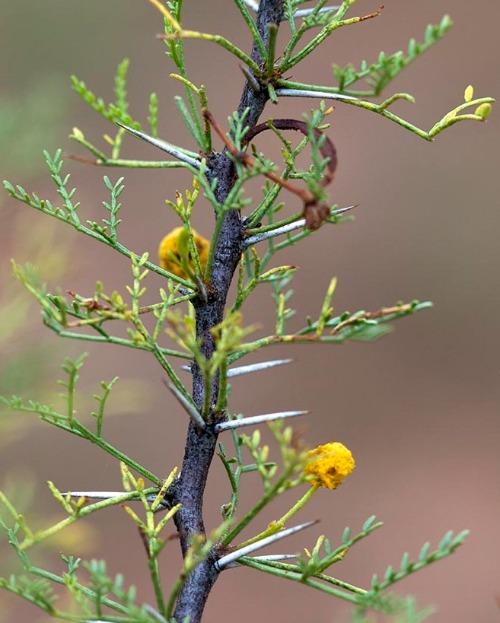
Desert Plant Adaptations Examples
Desert plants have adapted to the hot and dry weather by developing certain changes like:
- Fleshy and thick stem for storing water
- Small and fewer leaves to reduce water loss
- Thick, waxy skin to prevent water loss and reflect heat
- Spikes and thorns to protect cacti from animals
- Long shallow and widespread roots to absorb more water
- Plants can remain dormant for years till the next rainfall
What Adaptation Helps Desert Plants Keep Animals Away ?
As the desert plants are rare and have less population, it is important for them to protect themselves against animals or other predators. These plants have developed several adaptations that keep the animals away from them.
Animals are attracted towards the plants due to hunger and thirst, but many desert plants have spines and thorns, like the barrel cactus, that will harm an animal if it tries to eat it.
Some of these plants are also toxic i. e. the desert thorn-apple and some can be both spiny and toxic.
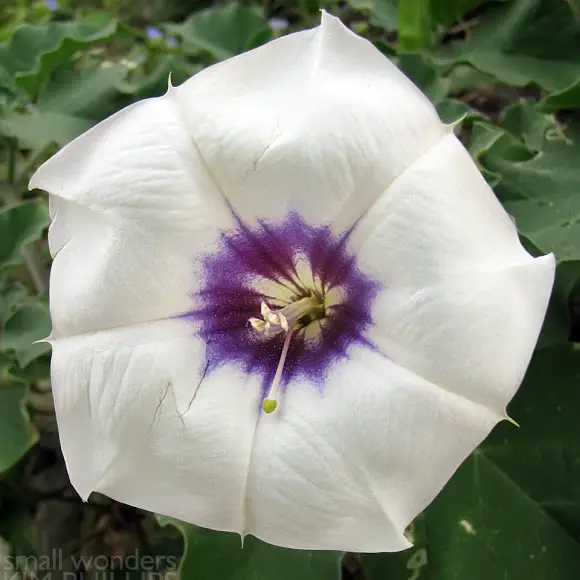
Some plants grow at places unreachable to predators.
Certain plants use camouflage to avoid being eaten by animals, such as the Arizona night-blooming cereus.
How are Desert Plants Adapted to Their Climate?
Desert plants have adapted to the extreme heat and aridity by using both physical and behavioral mechanisms, like the desert animals.
Plants that are adapted by changing their physical structure are called xerophytes. Xerophytes like Cacti usually store and conserve water by special means like fleshy stem. They have few or no leaves, which prevent water loss during transpiration.
Why are small leaves an adaptation in a desert environment? In a desert environment, water conservation is important and is done by reducing the size of the leaves. Some plants may even drop leaves if they are stressed by drought.

Some plants like Phreatophytes have adapted to arid environments by growing extremely long roots, helping them to take moisture from or near the water table.
Other desert plants show behavioral adaptations, have developed a lifestyle when the maximum moisture and/or coolest temperatures are available. These types of plants are usually known as perennials i.e. the plants that live for several years, and annuals i.e. the plants that live for only a season.
Desert perennials survive by remaining dormant during dry periods of the year, then coming back to life when water is available.
Describe Any Two Adaptations Seen in Desert Plants
Desert plants are very different from plants that belong to other regions as they are spiny and have small and bright green leaves. Why are small leaves an adaptation in a desert environment? As the small leaves help in conserving water by reducing the water loss in transpiration due to the lesser surface area of the leaves, therefore the small leaves are an adaptation seen in desert areas.
The desert plants have adapted to the hot and dry weather by changing their physical appearance. Scarcity of water i.e. aridity is the main limitation to which desert organisms must adapt.
Two adaptations seen in desert plants are :
- The desert plants are Succulent.
- The desert plants are drought tolerant.
Although both these adaptations are different but are effective in helping the plants to flourish under conditions in which plants from other regions will die.
Succulents
The plants that store water in fleshy leaves, stems, or roots are known as Succulents. For example, agave, aloe, elephant trees, and all cacti are succulents. Many other adaptations are required for storing water effectively.
All the succulents have a shallow and widespread root system to absorb water as rains in desert areas are short and light. Also, water evaporates fast under the scorching heat of the sun.
For example, Saguaro has roots that spread extensively and are not deep( only 4 inches deep). The water-absorbing roots are present within the upper half-inch (1.3 cm).
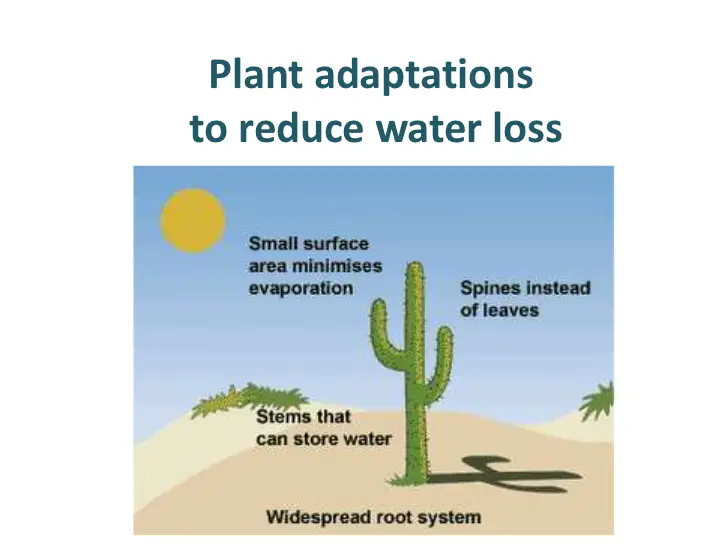
Moreover, water conservation is done with reduced surface areas ,by having small and few leaves for example Agaves, no leaves like Cacti or leaves that fall during the dry season (deciduous )i.e. in elephant trees, boojums and ocotillos etc.
Many desert plants like Most Yuccas, Xerophytic Bromeliads and epiphytic orchids undergo CAM photosynthesis (Crassulacean Acid Metabolism ) in which plants open their stomata at night when the temperature is low and absorb carbon dioxide and use it the next day when the stomata are closed in the presence of sunlight. In this CAM photosynthesis, only one tenth of water is lost in producing one unit of carbohydrates compared to the other plants.
One more aspect of CAM plants is that they can stop metabolism during drought. When water is not available, the stomata remain closed during day and night thus preserving whatever water is left with them. Gaseous exchange also comes to halt in such conditions.
However, slow metabolism is maintained in moist tissues in plants.
CAM plants can resume growth when it rains. This is how Succulents take advantage of little surface moisture.
What adaptations help desert plants keep animals away?
To protect themselves from thirsty animals, Succulents have spines and are sometimes poisonous or can be both spiny and poisonous. Some plants like Arizona night blooming cereus camouflage and resemble the dry stems of the shrubs in which it grows. Some plants grow in inaccessible locations.
Drought tolerant plants
Drought tolerant plants shed their leaves in dry conditions and undergo deep dormancy. By shedding the leaves, water loss is prevented and water is conserved in stems. Drought tolerance means when a plant is able to withstand drought without dying when there is no water.
Some plants like Creosote Bush don’t shed leaves and have resinous coating to avoid water loss.
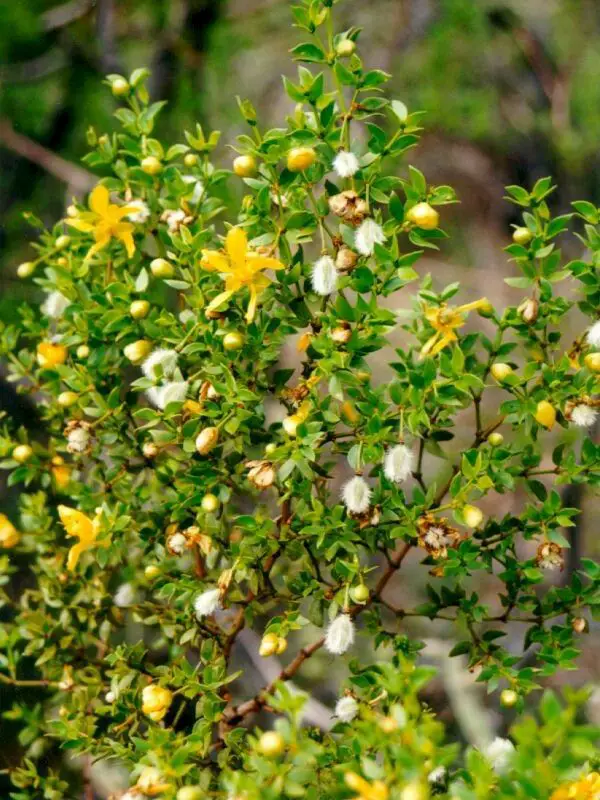
The drought-tolerant shrubs and trees have developed extensive root systems which grow deeper into the soil. Some plants like mesquite have roots that can grow as long as up to 3 feet into the soil.
With this extensive deep root system, drought-tolerant shrubs and trees require substantial rains to wet their deeper roots. When it rains, shrubs like Brittlebush and Creosote resume growth within a few weeks.
Plants having deep roots absorb water and can retain the moisture thus, continuing the growth process for a longer time as compared to the Succulents.
The drought-tolerant shrubs and trees can absorb water from much drier soil whereas Succulents absorb water from the surface layer of the soil.
What Types of Adaptations Help All Desert Plants Survive ?
Desert plants are adapted to the arid environment in many different ways. What type of Adaptations help all desert plants survive ? Here they are :
1. Thick, waxy covering
Many desert plants have a thick, waxy covering over the leaves and stems. This waxy covering covers most of the leaves but not stomata, thus keeps the plants cool and also reduces the water loss due to evaporation.
Small leaves on desert plants also help reduce moisture loss during transpiration.
2. Stomata
Stomata are the tiny holes present in the plant leaves through which they transpire water. Many desert plants have very small and fewer stomata that helps the desert plant to properly use the scarcely available water.
3. Deeply Embedded Stomata
Many cacti have stomata that lie deep in the plants’ tissues. These deeply
embedded stomata prevent the water loss by keeping the hot, dry wind from blowing directly across the stomata.
4. Small Leaves
Small leaves provide less evaporative surface, thus minimizing water loss.
Why are small leaves an adaptation in a desert environment?
Desert plants have small leaves to lessen the water loss during transpiration. Smaller leaves in the sun don’t reach a higher temperatures as larger leaves.
5. Growing Leaves In Rainy Season
Some plants like blackbrush grow leaves in the rainy season and photosynthesis is carried out through leaves in this season and these plants shed their leaves as the weather becomes dry again. In the dry season, these plants shed their leaves and photosynthesis occurs through the stems.
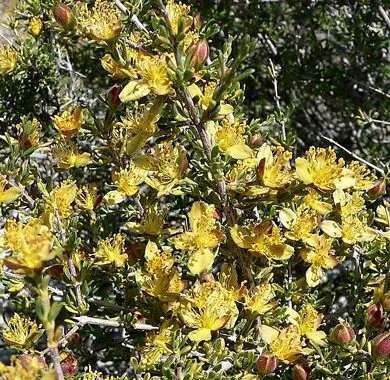
Photosynthesis is carried out through the green stems in some plants like Mormon tea and cacti.
6. Temporarily Stopping The Photosynthesis
Some desert plants cut down on the water loss even further by temporarily stopping photosynthesis.
7. Widespread Shallow Roots
Some desert plant adaptations include widespread shallow roots to absorb a maximum of water during the rainfall and spines or hairs to shade plants and avoid the drying winds from coming near the leaf surface.
Desert Adaptation
Desert adaptations help the plants to survive in the deserts in many ways.
Desert plant adaptations Examples, Other desert plant adaptations are:
Cacti – Cactus pads are modified stems with a waxy coating. Their root system is widespread and shallow, thus absorbing the rainwater. Small rain roots may grow when it rains and dry later.
Prickly spines are modified leaves that interrupt the evaporative winds from blowing closer to the pad surfaces and help shade the stem.
Cacti use CAM photosynthesis when the stomata open only during the night when the atmosphere is cool, so less water is lost during transpiration.
Gaseous exchange i.e. taking in the carbon dioxide and giving out oxygen occurs through the stomata as well. This gaseous exchange is a part of the process of photosynthesis. As photosynthesis requires sunlight, carbon dioxide is stored till the next day and is used in the presence of sunlight.
Desert Annuals – The annual plants that complete their lives rapidly when the conditions are favourable and survive the hot and dry season in the form of seeds stored in the soil. Such plants are called Therophytes. The seeds have adaptations assuring that they germinate and grow during wet periods. For example
- Evening Primrose: Primrose has a special desert adaptation with thickened taproot for storage of food and water.
- Globemallow: The leaves are small and wavy, having a protective coating of white hairs that makes them appear grey and block the bright sunlight and further reduce water loss.
- Juniper: Leaves are needle or scale-like with thick cuticles that cover the twigs and small branches to lessen the water loss. During drought, Junipers keep themselves alive by cutting off the water supply to a major branch resulting in a dead branch.
- Sego Lily: During drought, it can lie as a dormant bulb for years.
- Paint Brushes: It is known as root hemiparasite as it takes to water and other minerals from a host plant.
- Piñon Pines: They have substantial lateral root systems that perforate into the empty spaces amid tree canopies and take out water and nutrients.
- Some desert plants become active during the cooler temperatures of the night like Evening Primrose, Sacred Datura, Sand Verbena and Yucca are some desert plants that bloom in the evening.
